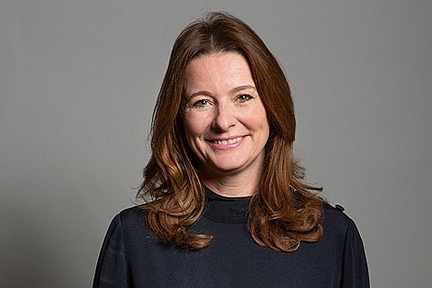Care homes in England see number of residents fall by 8%, with fifth of beds empty
The number of care home residents has fallen by eight per cent when compared to pre-pandemic levels, leaving care providers in a “precarious" position with more than a fifth of beds in England lying empty, according to figures from the Office for National Statistics (ONS).

There were an estimated 360,792 care home residents in England between 1 March 2021 and 28 February 2022 – an eight per cent drop - from pre-pandemic figures (Aug 2019-Mar 20) which had 391,927 residents.
The ONS stated: “The overall care home resident population and occupancy has decreased” after it analysed data from care homes for adults of all ages collected by the Care Quality Commission, covering more than two-thirds (68 per cent) of care homes.
A total of 35 per cent (125,954) of care home residents in England were self-funding in the period 1 March 2021 to 28 February 2022. In 2019 to 2020, 37 per cent of residents (143,774) were self-funders.
The South East had the highest proportion of self-funders in care homes (44 per cent), with the North East, being the lowest (22 per cent). Smaller care homes, with 1 to 19 beds, had the lowest proportion of self-funders (12.5 per cent).
Care homes in ‘precarious position’ and Gillian Keegan’s ‘in denial’
The fall in occupancy rates has led to care homes receiving less income.
Martin Green, chief executive of Care England, which represents care homes, told attendees at the Residential & Home Care Show on 18 May that care home occupancy levels “have not returned to normal”, and this was putting “an enormous strain” financially on care providers.
Mike Padgham, chair of the Independent Care Group which represents care homes, says care homes are in a “fight for survival”.
“Care homes are in a very precarious position, but the government still insists there is no funding crisis in the sector”, said Mr Padgham.
“Covid-19 devastated bed occupancy. There was tragic loss of life and after its peak homes were restricted in taking new admissions as Covid breakouts continued. Now, admission levels are struggling to recover because confidence has been affected.

“Social care minister Gillian Keegan continues to live in denial, claiming just last week that there was sufficient funding to allow councils to effectively deliver adult social care services."
According to the ONS figures, care homes providing care for older people had the highest proportion of self-funders (47 per cent), compared with other care home types. Those for younger adults had the lowest proportion of self-funders (2 per cent).
Referring to the new 1.25 per cent Health and Social Care Levy on income tax which came into effect last April, Mr Padgham said: “At the moment, the bulk of that £36bn fund is set to go to the NHS first – but we are calling for social care to get an equal share quickly – otherwise, care providers are going to go out of business and that will leave hundreds of thousands of people without the care they need.”
A Department of Health and Social Care spokesperson said: “We are committed to quality care and provision for people in care homes and our white paper sets out an ambitious 10-year vision for adult social care, backed by £5.4 billion.
“This will include £500 million of investment to develop and support the social care workforce over the next three years to boost the sector’s ability to recruit and retain staff, improve learning and development, and better support mental health and wellbeing.”
Latest News
 29-Jul-24
Dementia Bus gives carehome.co.uk staff insight into life with dementia
29-Jul-24
Dementia Bus gives carehome.co.uk staff insight into life with dementia
 01-Mar-24
Find out the top care homes in 2024
01-Mar-24
Find out the top care homes in 2024
 21-Mar-23
UK's top care homes in 2023 revealed
21-Mar-23
UK's top care homes in 2023 revealed
 03-Jan-23
carehome.co.uk launches free care helpline
03-Jan-23
carehome.co.uk launches free care helpline
 13-Dec-22
5 mins with Emily Whitehurst, chief operating officer for Constantia Healthcare
13-Dec-22
5 mins with Emily Whitehurst, chief operating officer for Constantia Healthcare